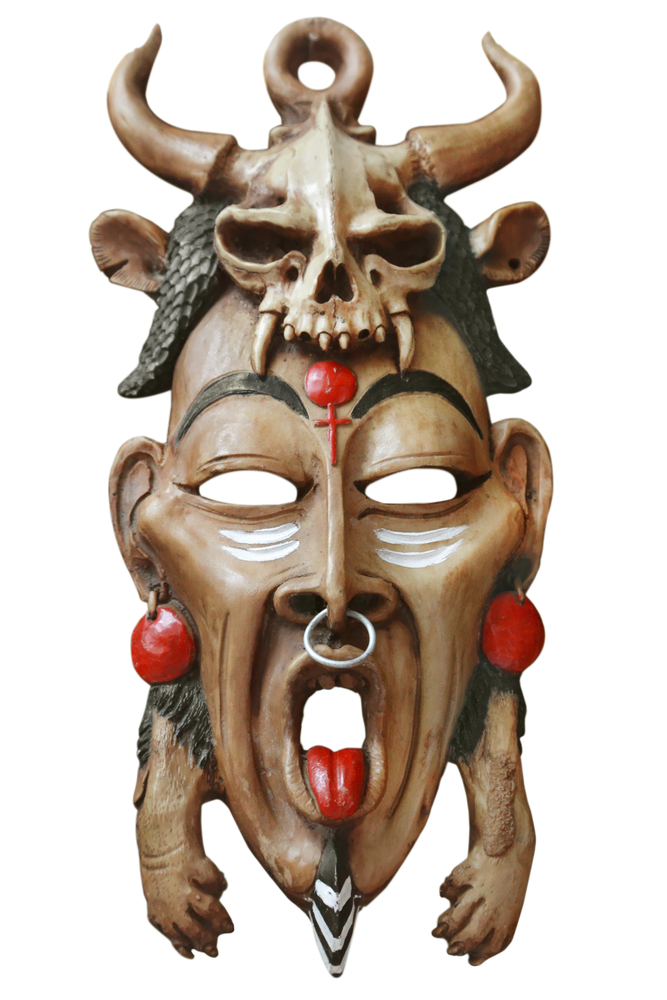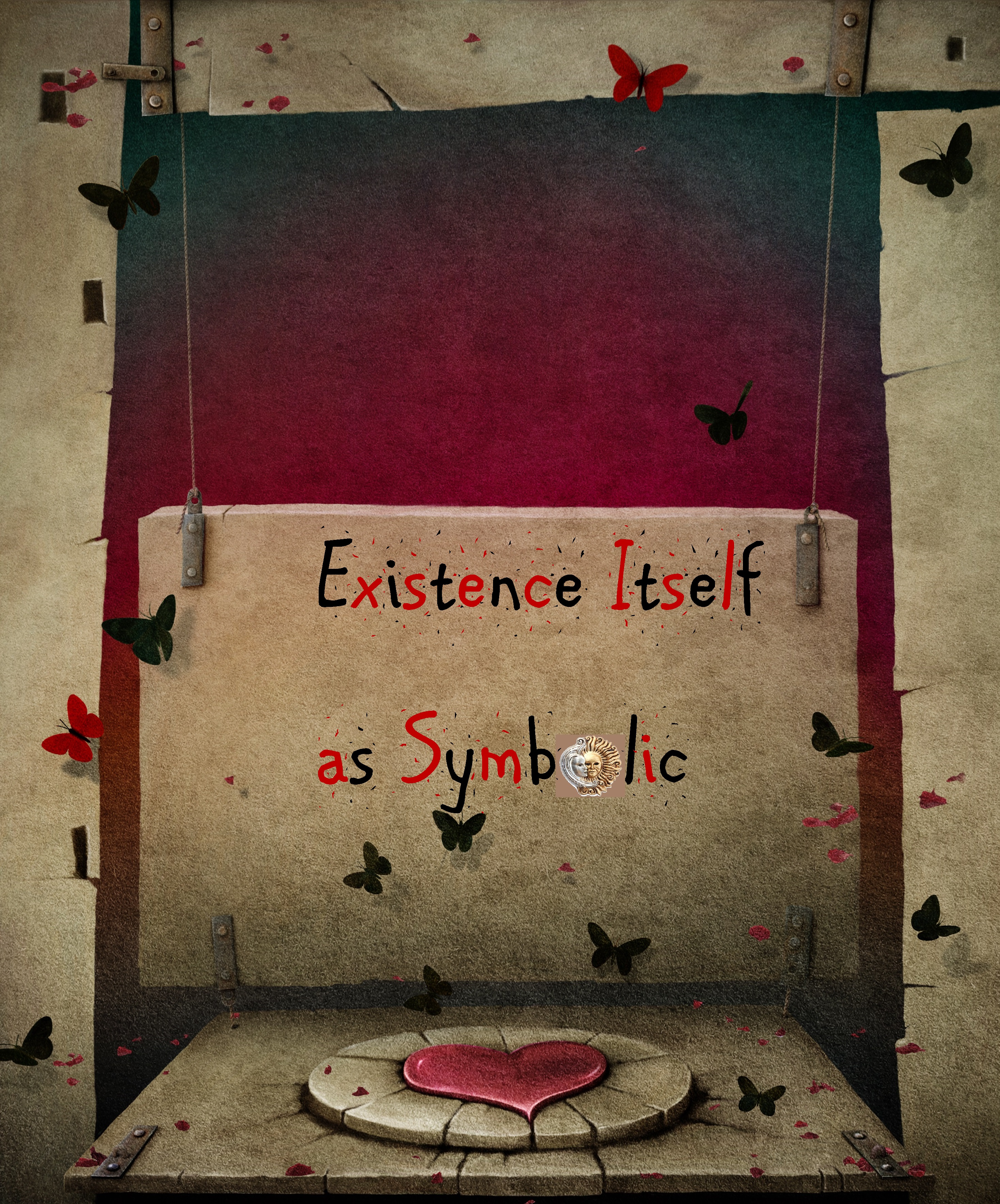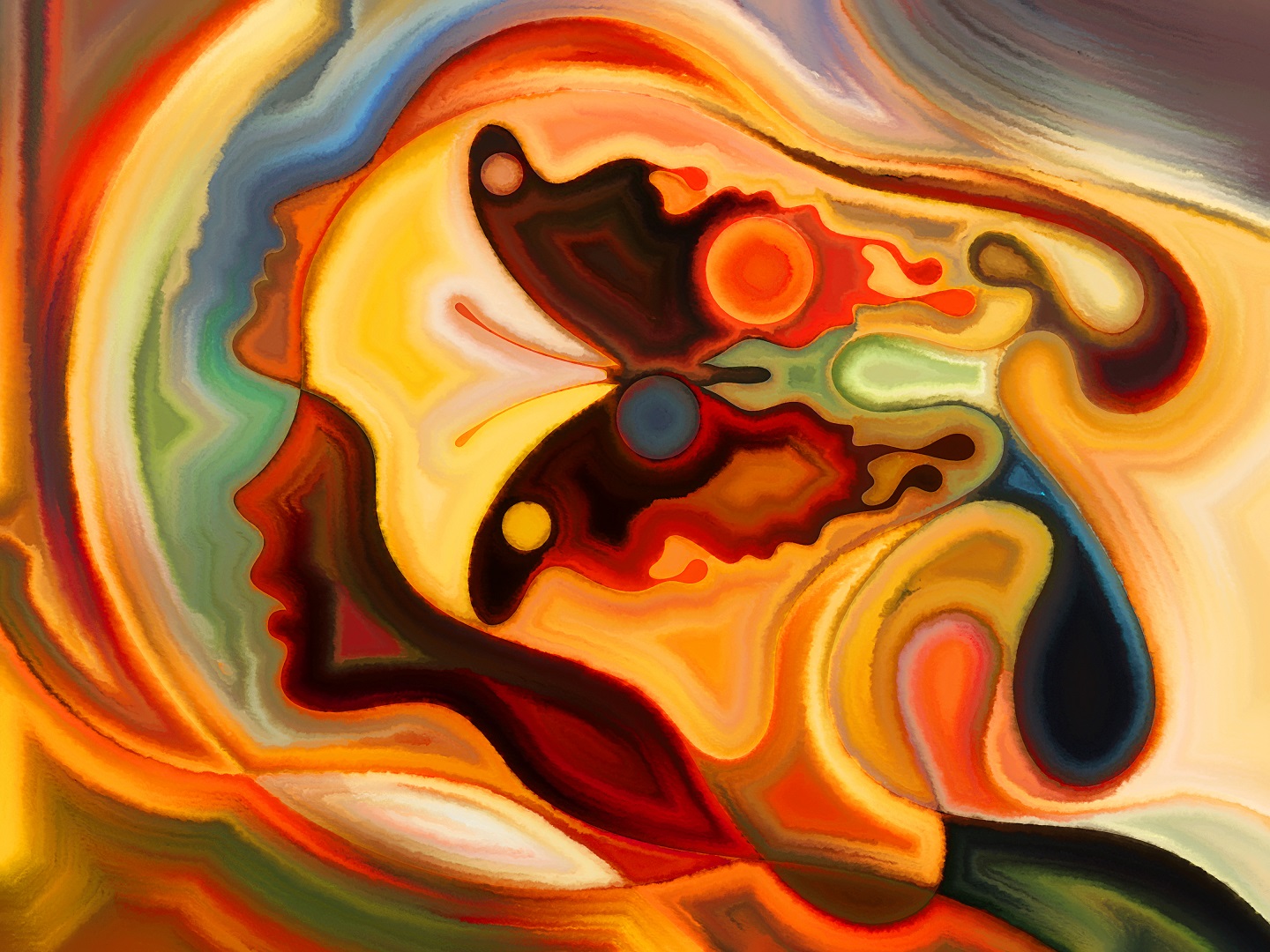
Another disease theory pertaining to the autochthonous populations of the world revolves around the extraction of a foreign object or substance from the sufferer’s body. In such cases, there is an exclusive predisposition for people to believe that the disease is caused not by the object or substance itself but by a harmful radiation or essence that emanates from it. The perpetrator, according to American Indians, Southeast Asians, eastern Siberians, and Australasians, might be a speck of dust, a fragment of bone, a microscopic animal, or a small rock. Usually treatment would involve a non-invasive method whereby the tribal healer, usually a shaman, would gently press his lips onto the area of the body identified by specific magical conjurations, evocations and other elaborate rituals. As is the case with some of the other methodologies already described the success rate was astonishingly high.
The following autobiographical account by German-American anthropologist Franz Boas (1858-1942) describes in elaborate detail an ancient treatment method whereby a disease object is extracted from a patient by a Kwakiutl shaman named Qaselid. The Kwakiutl, an ethno-linguistic group of twenty-eight or so Indians that thrive in the North Pacific coast of British Columbia, are more appropriately known as the Kwakwaka’wakw-speaking-peoples nowadays and was targeted almost exclusively by Boas in gathering cultural and societal knowledge of indigenous American populations.
It’s not often we see a native of the community wanting to become a shaman just to verify the authenticity of a therapeutic ritual. This is certainly the case with the narrator, Giving-Potlatches-to-the-World, who is allowed to observe a ceremony in which a lead shaman named Making-Alive extracts a sickness by placing his mouth on a localized spot of the patient’s body and sucking. A few seconds pass before the shaman spits out the embodied illness in the form of a bloodied worm. He then breaks out in song, chanting and reciting magical verses until the completion of the ceremony. When this moment finally transpires, Making-Alive puts pressure onto his stomach and spews forth blood onto a piece of shining quartz crystal which he then hurls into the air. The act is somewhat symbolic as the crystal itself, now imbued with the potency of blood, has now been transferred to the stomach of the potential candidate, Potlatches-to-the-World. The leading shaman addresses the latter, asking in a stern voice if he would like to be initiated into the exclusive inner circle of tribal healers. Potlatches-to-the-World humbly accepts the offer and his training as a shaman begins very shortly afterward.
Becoming a competent shaman amongst the Kwakwaka’wakw-speaking-peoples of British Columbia is no easy feat. One must train for at least four years under the aegis of an experienced shaman who will ensure that the candidate memorizes certain magical invocations and learns certain obstetrical techniques to be used in the detection of the illness. Furthermore, the prospective shaman is trained in the practical and ceremonial art of theatrics where he acquires the ability to feign quivering, seizures, the vomiting of blood, and other artificially simulated techniques. One of the most fascinating aspects of the therapeutic technique itself is the adroitness of the shaman in generating a bloody earthworm by mixing a small piece of flesh ripped from the carcass of an eagle inside their mouths together with blood drawn by gnawing the gums together or by subtlety jabbing a tooth into their own tongues. During the apprenticeship phase, the student also becomes acquainted with some of the metaphysical aspects of the process, namely the role of “dreamers” whose job it is to collect facts about the nature of the patient’s illness and relay it to the shamans in a most discreet fashion.
Potlatches-to-the-World isn’t quite finished with his apprenticeship when he is allowed to conduct his first healing ceremony on Food-Owner, a young boy who dreamt that he’d been cured by the novice shaman. The process is carried out in accordance to strict ceremonial rites taught to him by his more experienced teachers which culminates with the materialization of the illness in the form of a bloodied earthworm. When Potlatches-to-the-World finally presents evidence of the extraction to his young patient the patient decrees himself cured, a phenomenon that signals the former’s coming-to-be as a great shaman of the tribe. To commemorate this transformation from probationary to full-blown shaman he is given the name Qaselid.
Qaselid begins to travel extensively in order to study the therapeutic practices of other tribes. In time he realizes that the materialization of the disease-object from the patient’s body is not a uniform feature of healing. The Koskimo tribe, for instance, don’t offer a tangible object as proof of extraction but merely spit into their hands and claim that the essence of the illness is in the saliva. Qaselid happens to be present at a healing ceremony where a Koskimo shaman attempting to cure the daughter of a chief (Woman-Made-to-Invite) does not garner the desired result. Eager to prove that his own method was far more effective, he steps forth as a willing volunteer and attempts to cure the Woman-Made-to-Invite. In the end the Koskimo shamans are made to look inept in the eyes of their own community because Qaselid’s method of materialization works; in showing the disease-object in the form of a blooded worm to all onlookers, the woman pronounces herself cured.
Needless to say that this generates a high level of shame and unrest amongst the Koskimo shamans. How did Qaselid enact such a feat? According to their cosmogony illness is called by an ethereal man. Once the soul of this man is extirpated through visualization the patient’s health is restored. Wishing to learn Qaselid’s secret, they invite him to a consultation held in a secret cave and prompt him to divulge the theretical framework and practices of the Kwakiutl shamans and explain how he can actually generate something palpable to show in the palm of his hand. But Qaselid is of the cunning mould and explains to them it is not in his jurisdiction to disclose his tribe’s most profound secrets because he is merely a notice.
The Koskimo healers aren’t at all content with Qaselid’s uncooperativeness. When they return to the village one of the oldest and most experienced shaman of the tribe challenges him to a healing contest; whoever managed to cure a Koskimo woman suffering from what had until that time been decreed an incurable illness would win. The indigenous Koskimo’s method involved a farce in which he would demonstrate the power of the illness by infusing some of its “essence” into a signet ring or rattle. Charged with the magical essence of the disease the objects would levitate for a short period of time, or so he thought. In any case the convoluted nature of his method didn’t much appeal to the patient; if anything it alienated her. Qaselid’s more “quantifiable” method proved to be much more meaningful and perceptive and hence more effective. The patient affirms that she has been cured when Qaselid shows her a bloodied earthworm expelled from his own mouth. For posterity’s sake Qaselid breaks out in song and distributes a sum of money to the amount of two hundred dollars amongst the audience.
This infuriates the old and most respected shaman of the tribe who feels that Qaselid’s success has brought about his own disrepute. He summons Qaselid to his living quarters and implores him to reveal his secret. Qaselid affirms that he will elucidate upon his methodology only if the old shaman reveals the quackery behind his own magical practices first. The old shaman agrees to Qaselid’s little scheme and in doing so falls victim a second time to his wily nature. The old shaman describes how he garners such fantastical visual illusions during the therapeutic enactment but when the moment comes for Qaselid to do the same the latter remains silent. This drives the old shaman beyond the brink and on the following day the Koskimo tribe awake to the news that he and his relatives have spontaneously disappeared.
I guess we might say that one man’s bereavement is another man’s contentment. Qaselid eventually gains widespread recognition for his successful method whilst continuing to assimilate magical tricks learned from other shamans. In his narrative, he also distinguishes between “real” healers like himself and charlatans who utilize illusions or simple quackery to deceive patients into thinking that they’ve been healed. What separates the two from one another, he asserts, solemnity and compensation. “Real” healers refrain from laughter at all times during the therapeutic process and don’t accept financial compensation. Here, the audience will perceive a marked change in the opinions and perspectives of a man whose initial intent was to expose the bogus powers of a shaman by becoming one himself.
From the excerpt it becomes obvious that autosuggestion and collective belief both play a significant role in the cure’s efficacy. First and foremost the tribal healer, the shaman, must be confident about his own aptitude in enacting a cure. The operation is meaningless and doomed to fail if he himself remains unsure of the supernatural intervention or if he entertains doubts. Secondly the patient must believe that the shaman possesses the requisite skills and aptitude to succeed and that the procedure will in fact lead to a complete restoration of his or her health and wellbeing. Thirdly all the men, women, and children that have gathered to observe the ritual must unconsciously submit to the notion that the therapeutic process will succeed. In hindsight, one might say that the collective thought form or elemental at work here is blind faith and explicitly blind faith in the shamanic healing.
Naturally, the propensity of the healing ritual to produce a substance or object that can be shown as proof that the illness has been subjugated or vanquished works wonders on a patient’s psychology. Generally, we tend to feel much better about ourselves after seeing a festering mole removed from our skin or excess wax from a blocked and infected ear? When we witness something that has been interfering with our internal thermostats leaving the body we feel a sense of reprieve. The reprieve raises the vibrations within and around us and endorphins are released in the brain, inciting laughter and pinching out discomfort, pain, and malady. Sadly the healers of developed countries i.e. psychiatrists or psychotherapists cannot present something concrete such as a piece of solid matter to their patients in order to accelerate the healing process though they do initiate a restoration of balance in the psyche by making conscious neuroses through transference. In juxtaposing the two therapeutic systems we might say that the materialization of a disease-object and the impalpable “transference neurosis” are fundamentally identical because the result in both denotes a condition whereby the “diseased” portion of an individual has been isolated from the healthy part.









